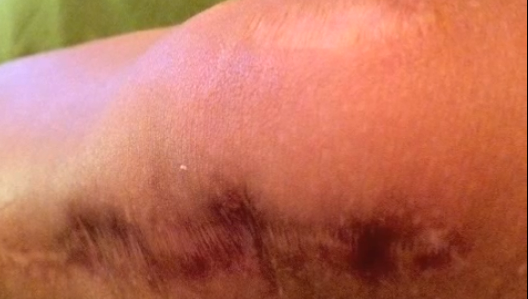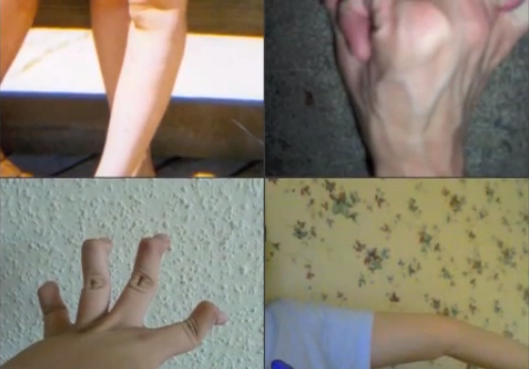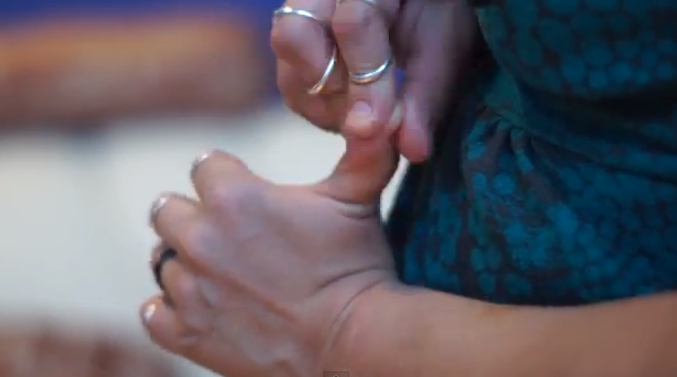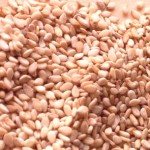Ehlers-Danlos syndrome is a cluster of genetic disorders caused bymutations of genes which affect the connective tissues of a person. It is an uncommon disorder affecting the joints, blood vessel walls, and skin. The production of collagen, which is the prime component of connective tissues, is affected by the genetic mutation that causes Ehlers-Danlos syndrome.
There are about seven types of Ehlers-Danlos syndrome,and all kinds of EDS mostly affect the skin and the joints.
Ehlers-Danlos syndrome – symptoms
The following are some of the signs and symptoms of Ehlers-Danlos syndrome:
- Fragile,elastic and stretchy skin
- Extra flexible joints
- Double joints
- Limited physical activities
The severity of the syndrome may vary widely. However Ehlers-Danlos syndrome does not affect the functions of brain.
Depending on the group of syndromes and severity, Ehlers-Danlos syndrome is classified as under:
A. Classical type of Ehlers-Danlos syndrome (formerly known as type I and II): The classical type,normally affects 1 in 10,000 to 20,000 people. Its symptoms are:
- Valve disorder in heart
- Poor and slow healing of wounds and that result in scars
- Redundant skin folds, like folds of eye lids
- Flexible joints
- Fragile skin
- Muscle pain and fatigue
- Fibrous extra growth on parts of body pressure areas,likeelbows and knees; and fatty type of extra growth on forearms and on the shins.
B. Hypermobility type Ehlers-Danlos syndrome (formerly known as type III): This type of Ehlers-Danlos syndrome, affects 1 in 10,000 to 15,000 persons. The following are some of the symptoms of hypermobility type of EDS:
- Easy skin tearing and bruising
- Muscle pain and fatigue
- Unstable and loose joints and multiple dislocations
- Valve problems in heart
- Chronic pain in joints and advanced premature osteoarthritis
- Chronic joint disease
C. Vascular type of Ehlers-Danlos syndrome (formerly known as type IV): This vascular type of Ehlers-Danlos syndrome is a rare disorder that affects 1 in 100,000 to 200,000 persons. It is however a serious condition. The following are some of the symptoms of this type of EDS:
- Valve disorders in heart
- The patients possess a thin and translucent skin which is prone to easy bruising
- The general facial features include thin lips and nose, small chin, recessed cheeks, and protruding eyes.
- Pneumothorax or collapsed lungs
- The blood vessels and other organs are fragile and prone to ruptures
D. Other types of Ehlers-Danlos syndrome: Other types of Ehlers-Danlos syndrome are the rare syndromes found in very few families and they have no standard description.
Complications
As Ehlers-Danlos syndrome does not affect the brain, the patients will have normal intelligence. In spite of physical constraints, the patientswill live a normal life. The complications of EDS depend on the accompanying defects and its type. However, the following are some of the common complications:
- Chronic joint pain
- Difficulty in healing of surgical woundsin which stitches may come out and healing gets delayed
- Conspicuous scar marks
- Premature aging
- Early arthritis
- Dislocation of joints
Patients with vascular typeEhlers-Danlos syndrome will have to face serious and fatal risks of fragile body organs and blood vessels with complications such as intestinal or uterus ruptures and rupture of blood vessels, dissected artery, and aneurysm. About 1 out of 4 patients of vascular type Ehlers-Danlos syndrome experience a severe medical complication of the condition by the age of 20 years. Eight percent of them develop the health disorders by the age of 40 years.A majority of patients tend to die at the average of 48 years.
Some of the EDS patients may develop loss of bone density called osteoporosis. Normally, this condition is treated with medicines for improving the bone density. Special types of physical therapy exercises are also helpful.
Ehlers-Danlos syndrome – effect on pregnancy
EDS during pregnancy can increase the vulnerability to postpartum hemorrhage, premature delivery, and poor healing after delivery. Administration of anesthesia during labor is also problematic.
The fragile organs and blood vessels in pregnant women with vascular type EDS are most likely to feel the effects of the rise in blood volume and cardiac output. It will exert additional pressure on them causing the fatal risk of aortic or uterine rupture.
Women with Ehlers-Danlos syndrome should consult a doctor before trying to become pregnant.
Causes
Ehlers-Danlos syndrome is a hereditary disorder with an autosomal dominant inheritance pattern, which means that only a single copy of the mutated gene is needed to develop the syndrome.
Affected parents carry a 50 percent risk of passing on the mutation to their child.
Treatment of Ehlers-Danlos syndrome
There is no known cure for EDS. However, the treatments are given to control the symptoms and prevent complications. The following are some of the treatments:
- Physical therapy and specific braces: It can stabilize joints, strengthen muscles and reduce muscle fatigue and pain.
- Drugs: Non-steroidal anti-inflammatory drugs or topical anesthetics for controlling muscle and joint pains
- Surgery: It is advised only for repeated joint dislocations and in rare casesinvolving fragile skin problems.
Genetic counseling, preventing injuries, use of protective gear, use of assistive devices, use of mild soaps and sunscreens, and educating oneself about Ehlers-Danlos syndrome will help to prevent problems.
Ehlers-Danlos Syndrome Pictures






How can I free from this Epith cells and bacterial please ?